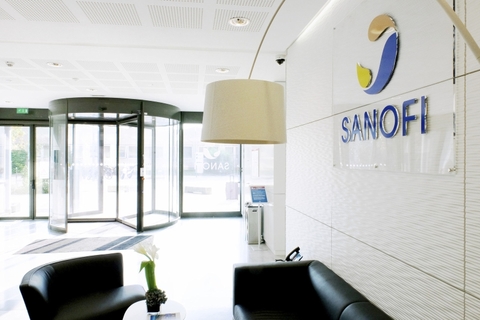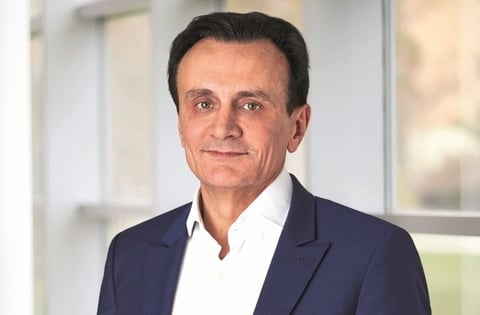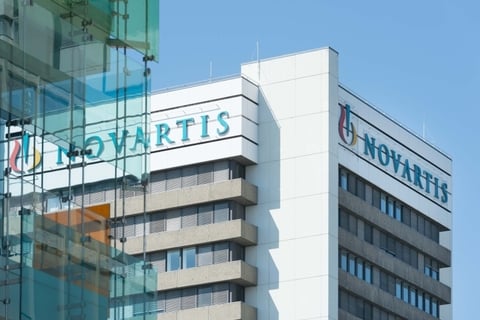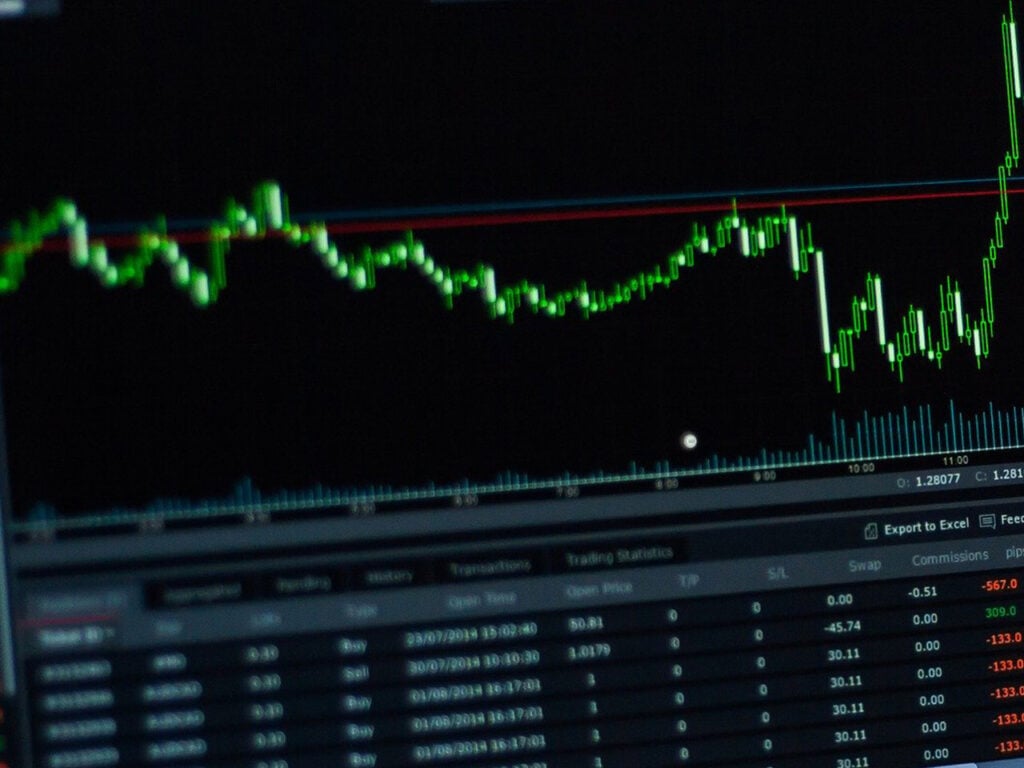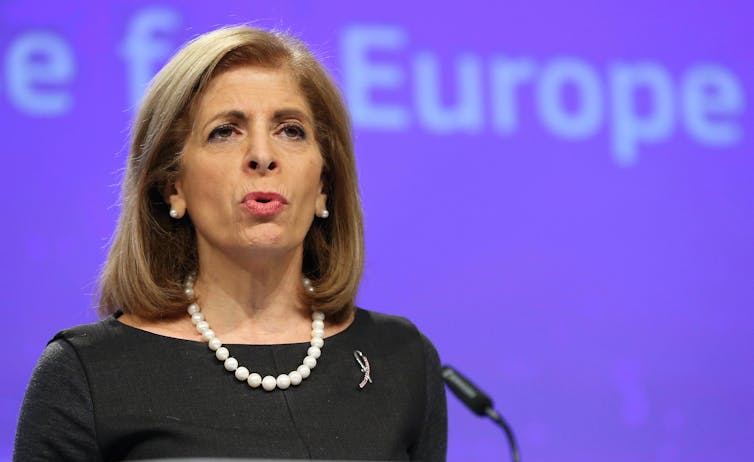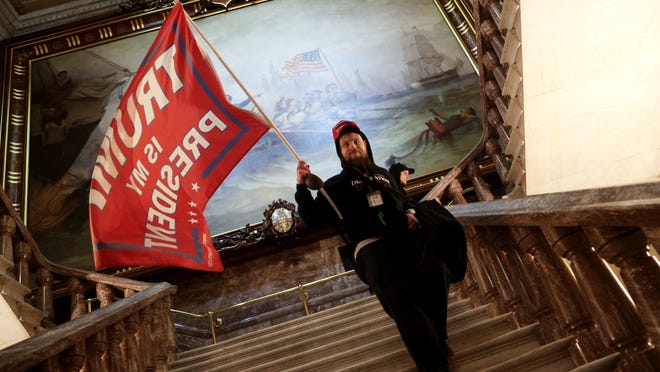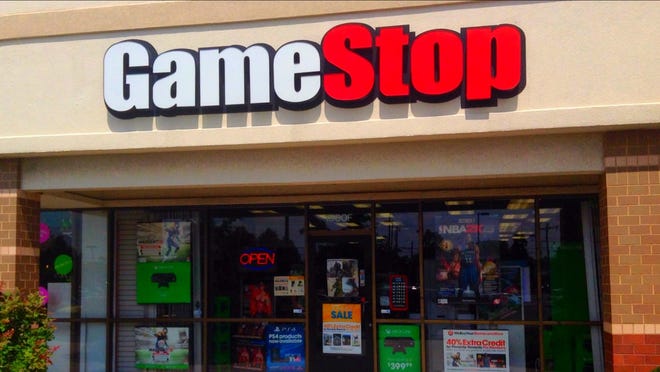by Arlene Weintraub |
Jan 28, 2021
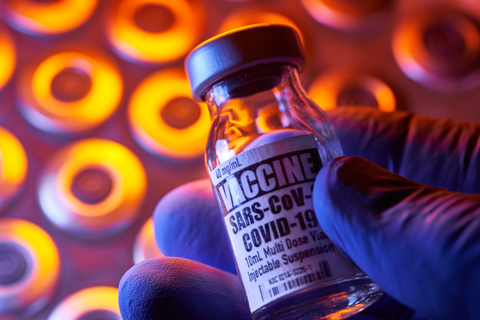
One infectious disease specialist said efforts to determine if existing vaccines will work against new COVID strains have left us "in a state of ignorance" due to incomplete data.
Just as the U.S. government is starting to ramp up purchases of Pfizer’s and Moderna’s mRNA vaccines to prevent COVID-19, a troubling question is emerging in the scientific community: Can these shots protect people against aggressive new variants racing through the U.K., South Africa and Brazil?
Several analysts have scoured the medical literature and interviewed infectious disease experts in an effort to answer that question. Their conclusion? There is no clear answer. At least not yet.
When it comes to SARS-CoV-2, the virus at the heart of the pandemic, “we are in a state of ignorance with incomplete data,” said SVB Leerink analyst Geoffrey Porges in a note to clients Wednesday. He reached that conclusion after interviewing an infectious disease specialist who is also an official with the FDA, he said.
Both Moderna and Pfizer have undertaken studies to try to understand how their vaccines affect the emerging variants. But they’ve taken different approaches, causing some confusion.
For example, Moderna analyzed the South African variant and found its vaccine produced sixfold fewer neutralizing antibodies against that strain than it did against the original virus. Then Pfizer followed with an analysis suggesting its vaccine was only slightly less effective against the South African strain.
Problem is, Pfizer’s analysis did not include all the mutations found in the South African variant of SARS-CoV-2, said Evercore ISI analyst Umer Raffat in a Wednesday note. In fact, it didn’t include a certain mutation that’s known to be problematic, he said. Therefore, because “the simultaneous co-mutations is where the neutralization activity starts to dip,” Pfizer’s analysis may not be entirely comprehensive, he said.
RELATED: Moderna to test different booster shot against South Africa coronavirus variant
In a separate note from SVB Leerink on Thursday, analysts pointed out vaccine makers have been testing their shots against new variants using assays that “are not validated to predict vaccine efficacy.” Typically, they’re isolating antibodies from people who received the vaccines and then testing them against “pseudoviruses” that have a single mutation from a new variant of the coronavirus.
Furthermore, it’s possible the immune system’s T cells could still mount a response against the mutant COVID strains, because they may respond to different types of protein fragments than the antibodies recognize, the analysts said. But this phenomenon has not been fully studied, therefore it’s impossible to quantify the contribution of T cells to the immune response, they wrote.
Moderna isn’t taking any chances with the emerging coronavirus variants, though. It has moved a booster vaccine that addresses the South African variant into preclinical studies and a phase 1 human trial, the company announced Monday. “As we seek to defeat the COVID-19 virus, which has created a worldwide pandemic, we believe it is imperative to be proactive as the virus evolves,” said CEO Stéphane Bancel, in a statement.
RELATED: Order up: U.S. calls on Pfizer, Moderna for 200 million more vaccine doses
Tuesday, Pfizer and its mRNA vaccine partner BioNTech followed suit, confirming they’re also working on booster shots that shield against the new COVID variants.
One advantage of the mRNA technology behind the Moderna and Pfizer products is that it allows for new vaccine constructs to be rolled out quickly, SVB Leerink’s Porges said. The FDA official he interviewed “confirmed that the development of ‘next generation’ vaccines containing the novel variant sequences could be very fast using the established platforms, potentially requiring only a ‘few hundred’ subjects that could be enrolled, vaccinated, and studied ‘in a matter of weeks.’”
Meanwhile President Joe Biden’s administration is doing everything it can to speed up the pace of vaccinations. The government is negotiating with both Pfizer and Moderna to order an additional 200 million COVID-19 vaccine doses for delivery in the third quarter. That would bring the total number of doses available in the U.S. to 600 million.
